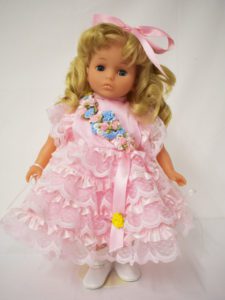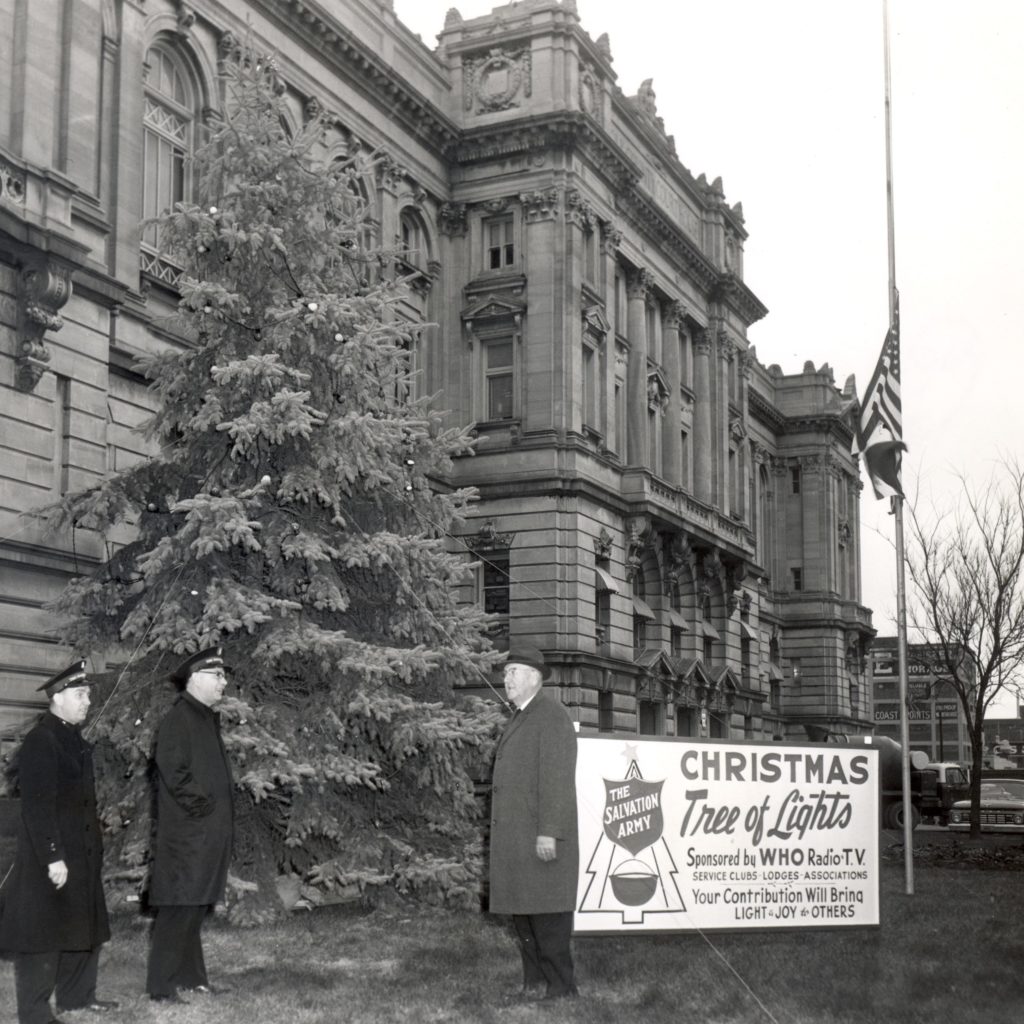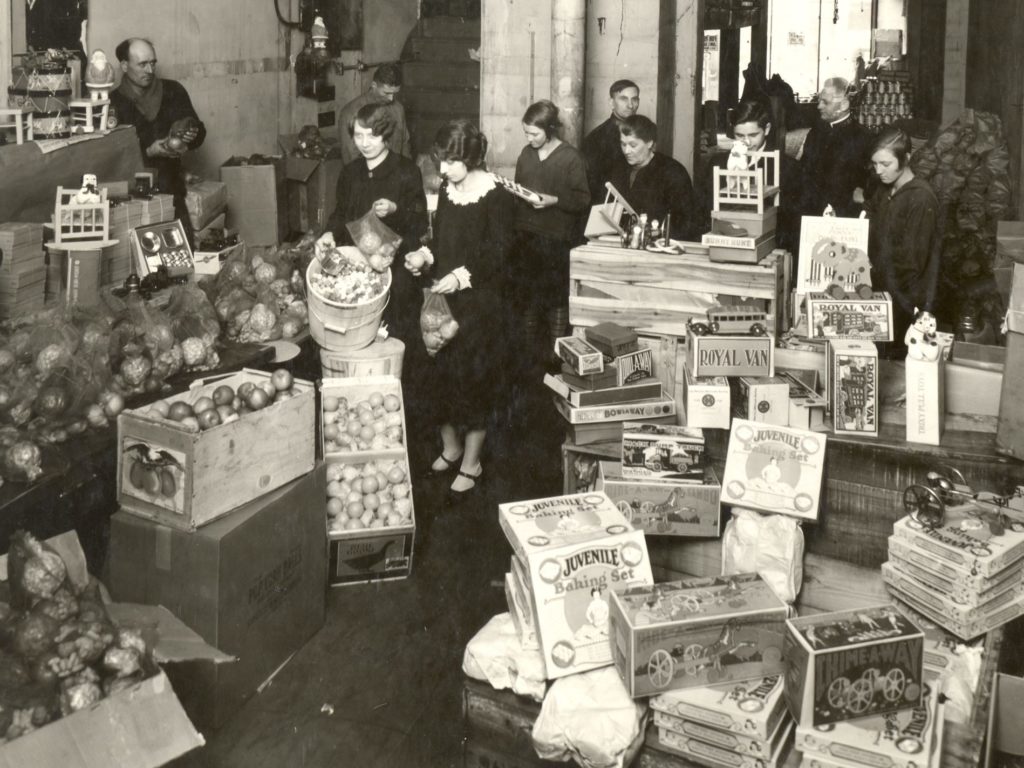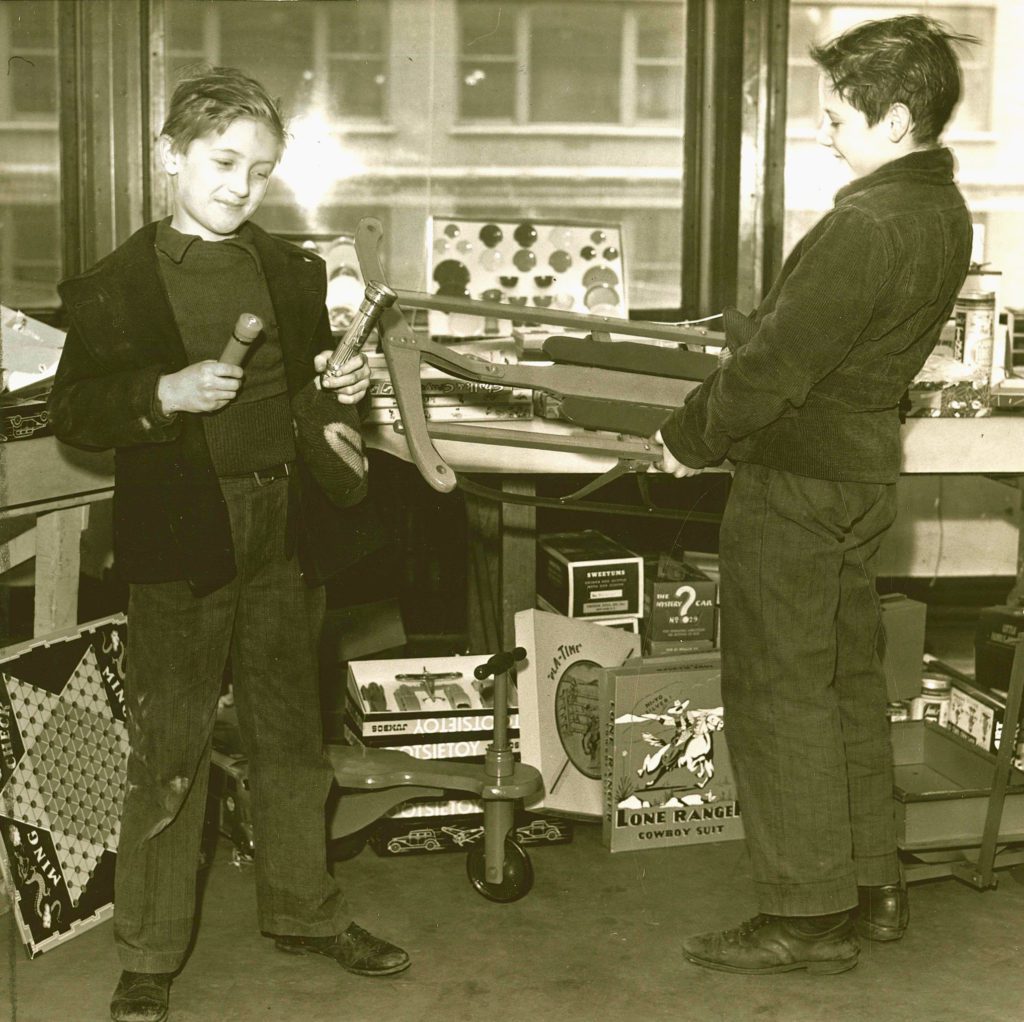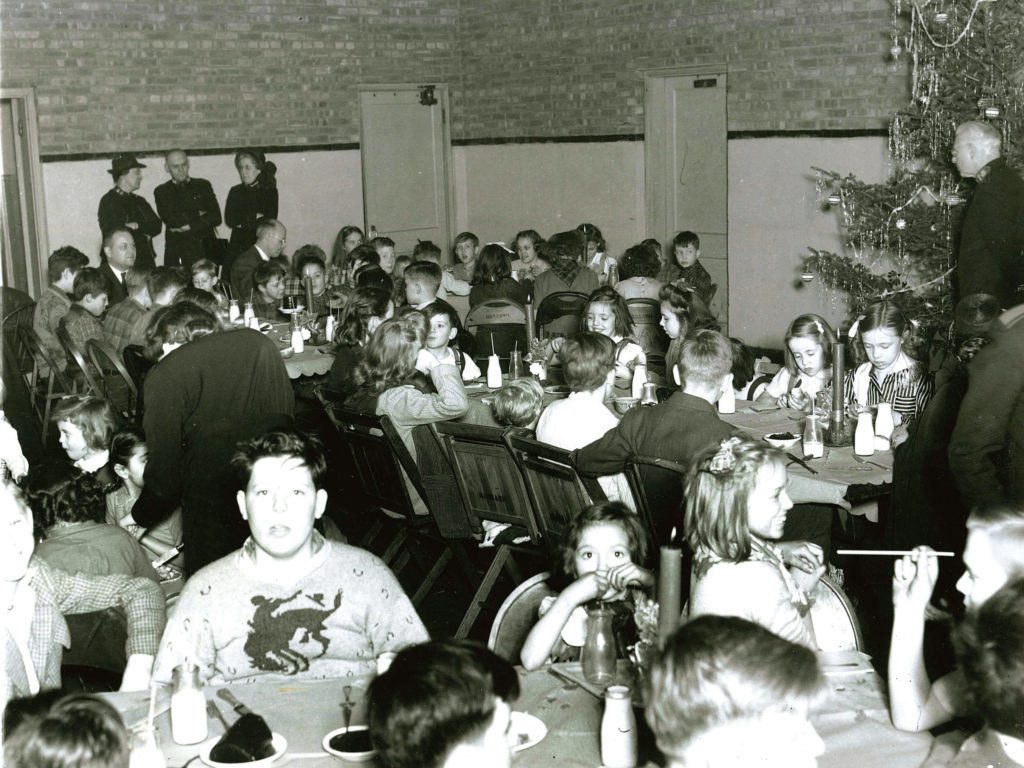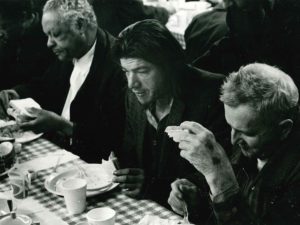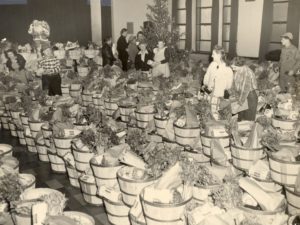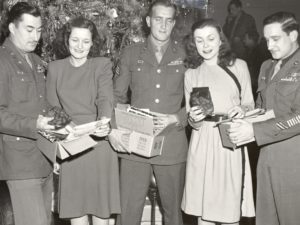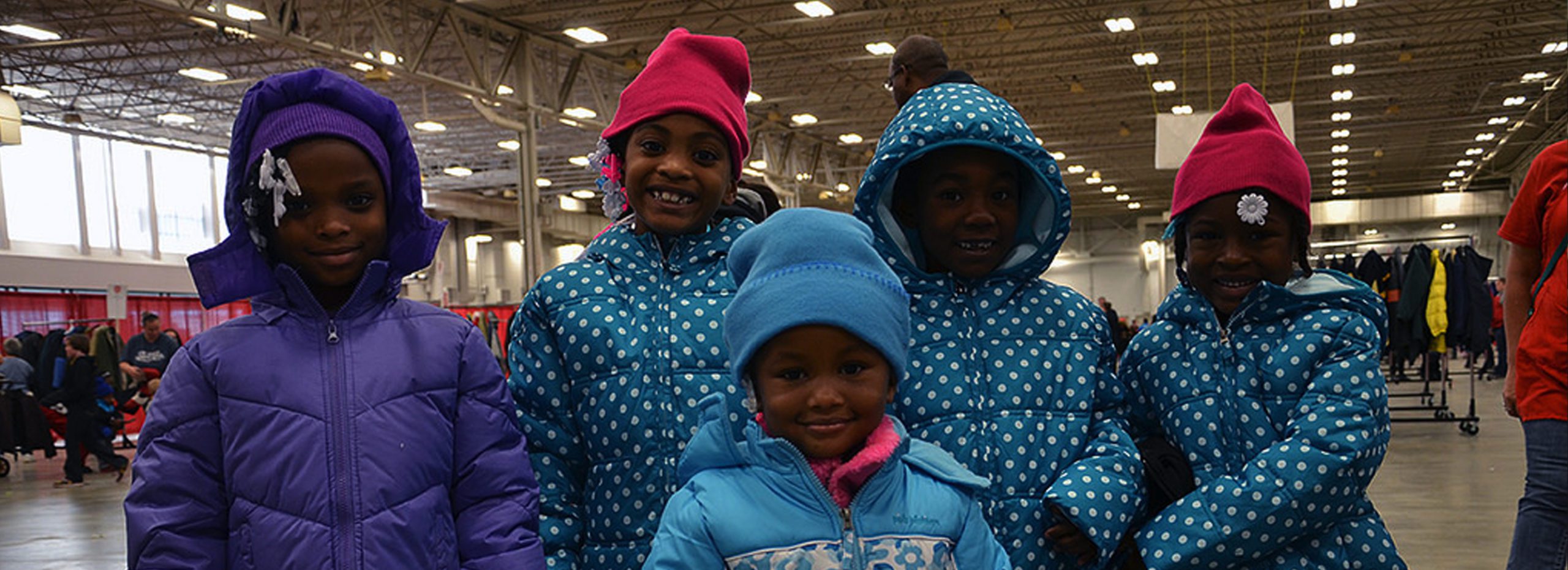
Doing the Most Good
From its simple beginnings on a wharf in San Francisco to a nationally televised gridiron halftime show, and into the cyber world, The Salvation Army Red Kettle has become a cherished part of the American Christmas tradition. Through the donations collected each year, the kettles allow Americans to help each other regardless of the size of their donation. Nationwide, around $150 million is collected at 25,000 kettle stands each year.
In times of national economic crisis, red kettle contributions tend to decrease as request for assistance rise. During the Great Recession of 2008-2009 the Red Kettle Campaign saw a decline in kettle donations while requests for need increased by 130%. During the coronavirus pandemic of 2020 it is estimated that donations may be down by up to 50% but need has increased by 155%. At the start of the pandemic some Central Territory corps saw their requests for food assistance increase by over 500%.
The generous gifts received at Central Territory kettles allow the Territory’s more than 400 corps and institutions to provide some form of aid to over 3.2 million people annually around the Central Territory. Red Kettle Campaign donations provide Christmas joy to those in need through meals and food boxes; coats, clothing, and toys for children; and other programs to make the Christmas season brighter. During the rest of the year, Red Kettle funds continue providing food and meals; fund rent and utility assistance programs; send children to summer camp; social services assistance; help the homeless; and more. Every dollar contributed makes a measurable impact in the lives of people in communities across the Midwest.
Thank you for helping us to Do the Most Good
Click images to enlarge

